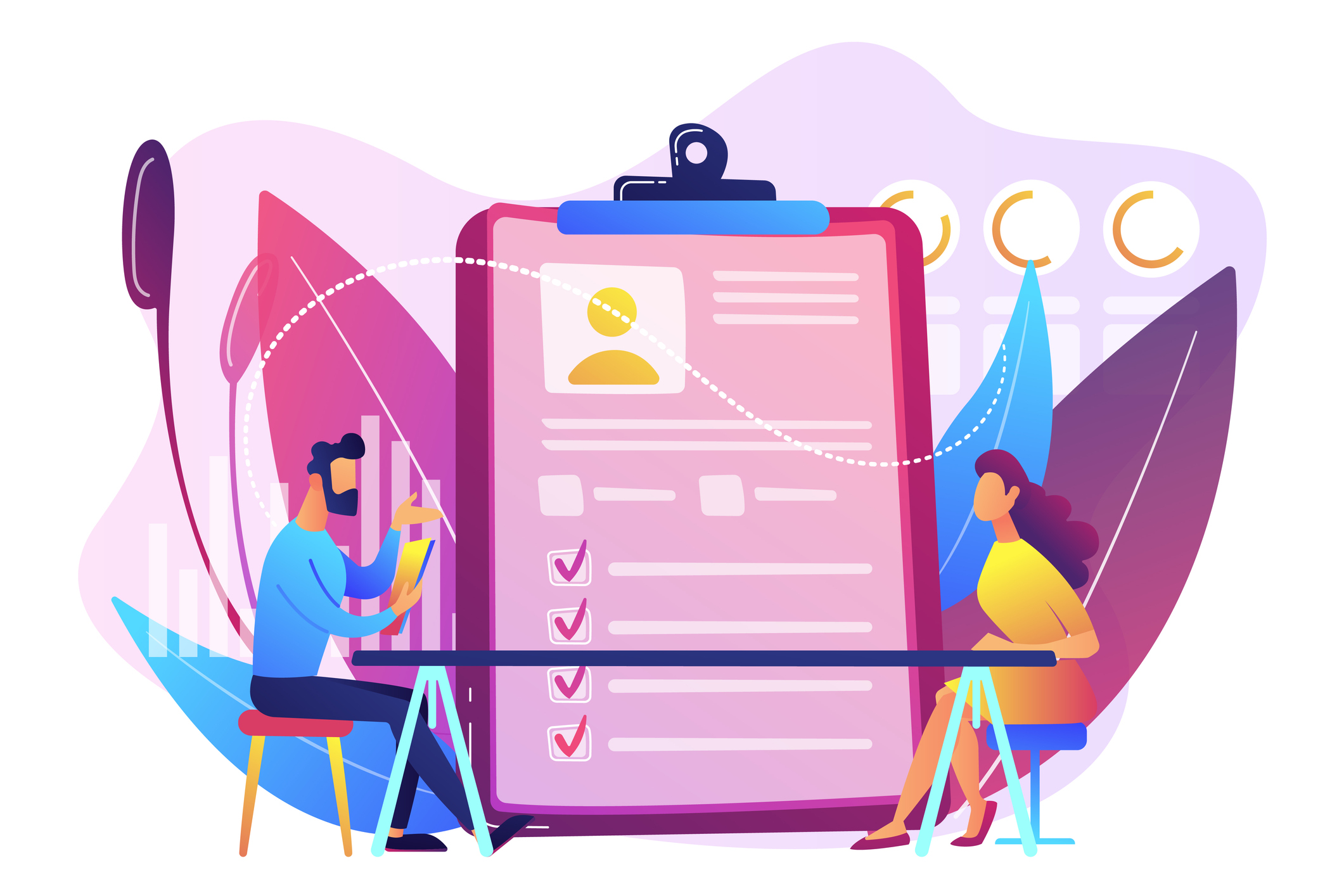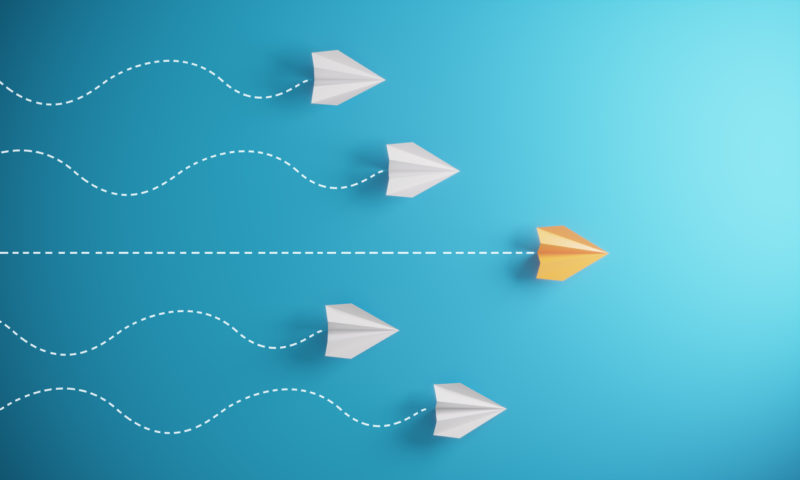According to Harvard Business Review, 85% of respondents of a global survey of sales leaders believe that their pricing decisions, sales price, discounts, and incentives, need improvement. And, successful pricing leaders “align the incentives for front-line sales staff with the pricing strategy, encouraging prudent pricing through an appropriate balance of fixed and variable compensation.”
Your pricing strategy, if not matched properly with your sales incentives, can go unnoticed and be detrimental to the success of your business over time. Properly training staff to keep track of costs vs. pricing can result in the better overall management of your resources and customer retention.
Among the companies that have strategically excelled in pricing, incentives, and training, 78% are labeled as “top performers” in their field, according to HBR. Many businesses have attempted to align these three key players through the use of rebate or SPIFF programs.
By involving and focusing on your channel partners, dealers, distributors in your pricing strategy, your representatives can up-sell certain products you need off the shelves without needing to decrease prices. Both rebate and SPIFF programs value incentives as a motivator to achieve pricing objectives for either customers/channel partners to buy and/or employees to sell.
Among the companies that have strategically excelled in pricing, incentives, and training, 78% are labeled as “top performers” in their field…
How Does a Rebate Program Differ From a SPIFF Program?
As an incentive for customers to purchase a specific product, a rebate program provides businesses of any size the opportunity to promote purchasers or channel partners to upload proof of purchase in order to be rewarded. The reward could be anything from cash payment to a specific gift.
The best benefit of incorporating a rebate program is its ability to attract new channel partners and B2B relationships as it gives them a reason to choose/sell your brand over the competition. It also solidifies that relationship and builds brand loyalty while collecting valuable data about all your customers. By moving to a modern, automatic incentive platform, your rebate programs can be much more efficient than the traditional, sometimes draconian, manual processes that were used in the past.
Similarly, SPIFF promotion building programs are able to provide incentives for channel partners, distributors, or others in order to complete desired sales actions such as selling a defined number of a specified product. These programs are particularly useful because they provide analytics to track the progress of your promotion as well as the opportunity to discover incentives for product education. SPIFFs, when designed properly, can help guide your price strategy into place and seriously set you ahead of the competition among your channel partners.
The best benefit of incorporating a rebate program is its ability to attract new channel partners and B2B relationships…
What Makes a B2B Rebate or SPIFF program successful?
An excellent rebate program’s platform is one that oversees the entire process and offers a user-friendly system that delivers payment of rewards more efficiently. The program needs to be more customer-oriented as well as geared toward gathering information, answering questions, as well as streamlining the process from submission to final delivery.
A SPIFF incentive, on the other hand, needs to have a timeline and a clear incentive for channel partners or employees to get behind. This incentive needs to be a goal (whether it be a debit card, gift card, or points to redeem for merchandise) in which they can easily track their progress. Unlike a customer-oriented program, your SPIFF incentives need to be matched with your purpose and values in order to continue that positive employee culture.
To truly get the most out of your SPIFF incentive, you need the right technology and partners to efficiently execute these programs. The types of rewards you offer are critical, and finding a good partner to help with strategy and technology is vital. Investing in a SPIFF or rebate program that isn’t optimized properly for modern-day business could possibly hinder your goals rather than support them.
Interested in finding out if a rebate or SPIFF program can help improve your B2B Sales Strategy? Contact us today.
SPIFF Incentive and B2B Customer Rebates: FAQs
What are the differences between Rebates and SPIFFs?
Rebate programs drive sales by providing incentives for customers when they provide proof of purchase for qualified items. SPIFF programs provide incentives for channel sales partners or internal sales reps when they sell qualified items.
How are SPIFFs and Rebate programs measured?
Success of SPIFF and Rebate incentive programs can be measured by increases in the number of sales over a given timeframe.
What does SPIFF mean?
SPIFF stands for Sales Performance Incentive Funding Formula. By definition, it is an incentive formula used for motivating sales reps and channel partners to sell specific products.
How is customer Rebate information collected?
Customer Rebate programs can utilize conventions from existing warranty or product registration processes to collect and reward customer rebate claims. New processes can also be implemented to process customer rebate claims.



